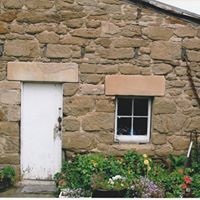Where is the Maria Skłodowska-Curie Museum located?
The Maria Skłodowska-Curie Museum is a museum in Warsaw, Poland, devoted to the life and work of Polish two-time Nobel laureate Maria Skłodowska-Curie (1867–1934), who discovered polonium and radium.
The Maria Skłodowska-Curie Museum was established in 1967, by the Polish Chemical Society, on the centenary of the birth of the physicist-chemist.
The museum is housed in an 18th-century apartment building at Freta Street 16 in Warsaw's "New Town". The building has been rebuilt several times. After Maria Skłodowska-Curie's death in 1934, a plaque was attached to the building, commemorating her birth there and her epochal scientific discoveries. During the 1944 Warsaw Uprising the building was deliberately demolished by the German forces, but the plaque survived and was put back after the building was rebuilt after World War II.
The museum is biographical in character, with permanent exhibits and periodic special exhibits. The holdings include photographs, letters, documents, the scientist's personal effects, comments by Maria and her husband Pierre Curie and others about her and her work and discoveries, and films in Polish, English and French about her and about physics and chemistry.
More Info:
en.wikipedia.org




